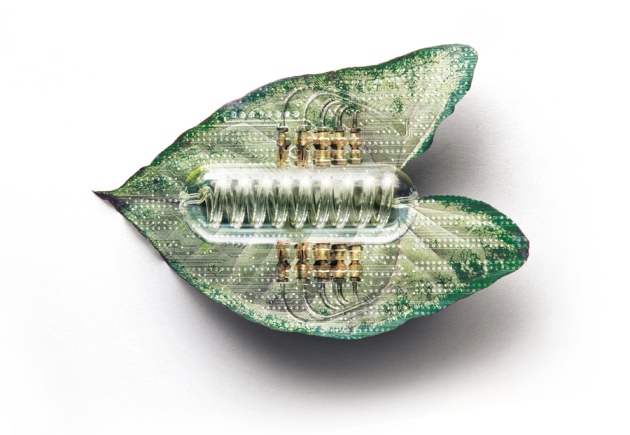In a world where renewable and sustainable energy is required to balance the ecosystem, and encourage the survival of the planet, innovation is the key to survival. Scientists at Harvard are beginning to think in a way that might just make a new way of generating renewable energy possible.
In a world where renewable and sustainable energy is required to balance the ecosystem, and encourage the survival of the planet, innovation is the key to survival. Scientists at Harvard are beginning to think in a way that might just make a new way of generating renewable energy possible. This involves the utilization of cheap raw materials to generate energy in a conducive atmosphere. This idea called ‘artificial leaf’ aims to generate power by harnessing the energy in light to create oxygen and hydrogen – two essential and powerful fuels. This will be made possible by separating water molecules.
Overcoming challenges with the idea
While the idea of the ‘artificial leaf’is great on paper, it is confronting a lot of resistance in practical. For example, there is an issue with how to arrange the catalysts on the silicon that is designed to power the reaction. But according to professor of energy at Daniel Nocera, Patterson Rockwood, that will soon be a no problem in the near future. The professor reveals that they are already working on a patterning system based on an electro-magnetic system. This process, which is similar to etching, will work in minutes, which makes it more reliable than previous techniques that may require weeks for it to work.
The process is a reactive interface patterning which researchers can use to construct a photonic structure that can help control the light touching the device, in order to make the process more accurate and effective. All that is needed is to coat a silicon using the catalysts and then it can be patterned within minutes through normal electro-magnetic process that is already in use in the lab.
Prospects
Interestingly, the ‘artificial leaf’ project is one of the many projects that is supported by Harvard president Drew Faust’s inaugural climate change solutions fund. The fun was established to support research into renewable and sustainable energy, so as to speed up the transfer from fossil fuels to manageable energy sources. Nocera says that the idea is already working, and they are optimistic that it will get better attention with time. Nocera also said that “the ability to create oxygen through cobalt phosphate, and hydrogen through a nickel-zinc alloy on top a substrate of silicon is a very important point in the entire research process. Nocera further explained that ability of the system to allow for a quicker patterning of a large area, larger than the areas in other systems – that make use of nano-scale patterning - makes it even more important.
One interesting thing about the ‘artificial leaf’ is that it was discovered by accident. Initially, scientists where trying to intense electrical field, in order to help them evenly distribute catalysts through the silicon. But the they realized that they wouldn’t need the intense electrical field after all, that it could easily be patterned on the silicon. Even though the process currently in use is not completely understood, researchers at Nocera are confident of maintaining control over the process by producing patterns of squares, rings and lines on the silicon substrates.










